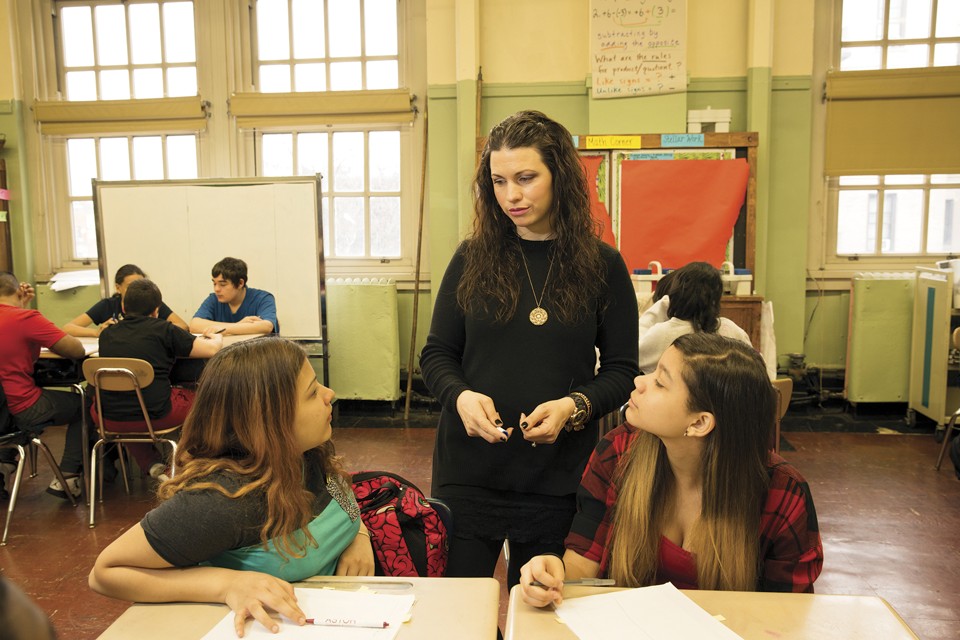
What Students Need To Know About Strengthening Neural Connections?
The education at college and university level is more of thought-provoking and conceptual in nature, requiring students to learn through selection and purposeful organization along with making strong connections with the course’s material. Students should understand that learning relies on the strength of the connection merged with the neurotransmitters. In short, the more you take the same route on road, the more you will be composed and confident in your driving and directional sense.
The entire point of the learning process is to store information in your long-term memory (LTM) with the purpose of making connections. As for this discussion, we are going to examine the three principles that detail the process of strengthening neural connections for a richer learning process.
Recitation
Recitation is unarguably one of the strongest tools used when it comes to transferring information from short-term memory (STM) to long-term memory. The process is simple, reading the content out loud in your own words. Remember, it’s not dictating the information as is from the writing piece in hand. Recitation involves triggering the intent-to-recall switch. When a student makes up his mind to recite something, it is obvious he will start paying more attention and focus on the information. The process allows the students to actively involve in the learning process. You get to become the participant “driver”, and not a spectator “passenger”.
Additionally, recitation provides constructive feedback to the learner. By reading the information in your own words, you get to gauge your comprehension level and what is needed to be learned again. From the cognitive development point of view, the repetition of the synaptic or neural connections only makes them stronger in your LTM. The point is to own the material you are trying to learn. This is why students are advised to incorporate study or index cards in their learning strategies to understand complex terms and phrases.
Students should understand that the more senses they use, the stronger the neural trace becomes. The student needs to repeat and review the information, while the brain asks for relevant feedback to gauge and alter its course (if needed). The more feedback you acquire, the quicker and more precise your learning process will be. Richard Bandler, an American neuroscientist stresses on the fact that the learner really needs to “know that you know” something before expecting the learning to come into existence. Apparently, the recitation is the phase in which the difference between “understanding” and “knowing” becomes quite clear.
Visualization
Visualization, another strong and influential memory process, typically defines as the mental image you form of the information that needs to be learned. In doing so, the student uses an altogether different portion of the brain than the part used for reading and listening. Besides that, we tend to remember visuals better and longer than mere words, provided that 90% of the brain’s sensory input is visual in nature. Studies have proven that color, motion, form, and depth catches the quickest response from the brain. For example, learning Calculus is easier when you study through diagrams of curves and other graphs, or acquiring a History writing piece from a professional dissertation writing help specialist explaining the events of the American Revolution in the form of flow charts and other diagrammatic representations.
Visualization is a powerful tool especially when it comes to test or exam preparation sessions. Studies with modernized brain-imaging equipment have stated that when a person visualizes something, the brain follows the same patterns as when he is actually executing the task. Furthermore, experts claim that our STM can hold more visuals that words.
Association
Association, the 3rd major way to refine your neural network is to associate the new information learned with the information already residing in your LTM. By remembering an information you already know and placing a new information chunk in the same brain document as a newly learned thing, it will help you to retrieve and recall the new information easily. For example, there are some facts or dates that are solidly drilled in our memory, such as, name of the head of Nazi party in World War 2, number of courses studied in our undergraduate program, our graduation date, and so.
So when you are required to learn a new thing, try to connect it with the information you already know. Whenever you observe a PET scan or a neuroimaging technique, you’ll get to realize that association with the process of encoding and retrieval is integral and central. It is important to be conscious when encoding something new. Association is mainly creating a connection to the core background you have built. Instances such as smile, metaphors, analogies, etc. help the student in making relevant associations.
